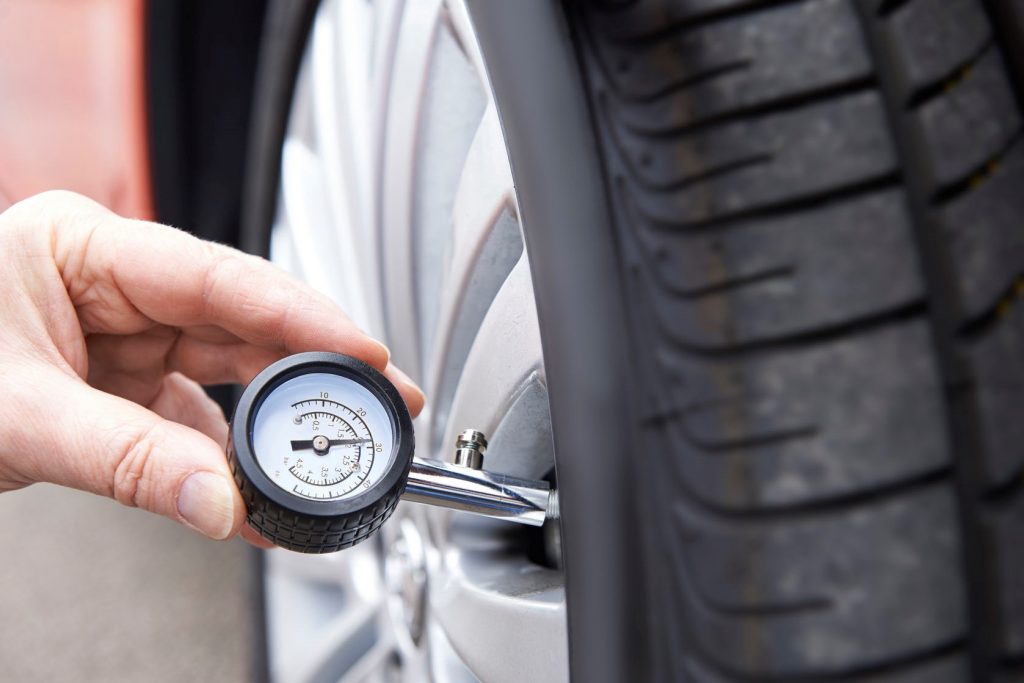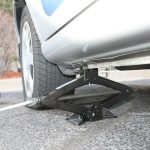Tyres are supple. This is so that they provide some cushioning to the car’s ride and it helps them grip the road. But doesn’t that mean that when you leave a car in one place for an extended period of time the tyres will sag? And you might end up with flat spots where the tyre has been touching the ground. Not necessarily. Read on to find out.
What is a tyre flat spot?
Imagine a soft rubber ball. If you push it down with your hand, the bottom part where it contacts the ground will go flat, moulding itself to the shape of the surface it’s on. This is a flat spot and something similar can happen with tyres.
When there’s weight on it (from a car), the treaded area in contact with the ground spreads out. As the wheel turns round the treaded area that’s flat against the ground moves round. This – and the air inside it – helps a tyre maintain its round shape.
Why might tyre flat spots happen?
If you leave a car in one position, all the weight is on one part of the tyre. Twenty years ago and earlier, the way tyres’ internal structure was designed meant that the flat spot would remain in the tyre. Even when the car was driven and the tyre had warmed up and all the oils were distributed through it again, a small flat spot would remain where the car’s weight had distorted the internal structure.
Why don’t flat spots happen now?
The way manufacturers build tyres has changed dramatically over the years. New materials are used to make up the rubber and the tyre’s internal structure. These are much more forgiving than previously. According to the technical experts at Continental tyres, flat spots will no longer be caused by leaving a modern car in the same place for an extended period of time.

What tyre flat spots might happen with
In their construction, motorhome tyres are closer to truck tyres. And that means they’re more susceptible to flat spots. If you don’t use your motorhome for a period of time, Continental recommends you move it every month to alleviate the pressure on the parts of the tyre that are in contact with the ground.
How to lay your car up
Some people suggest over-inflating tyres before laying a car up. Continental general manager for technical services, Steve Howat, thinks this is a bad idea. He told us: “If you over inflate a car’s tyres, you may forget and take it out on the road with the higher inflation pressures and it could have a detrimental effect on the vehicle’s handling. Best to inflate them to the recommended pressure when you lay the car up, then make sure you check them before you drive the car again.”


I’ve been writing about cars and motoring for more than 25 years. My career started on a long-departed classic car weekly magazine called AutoClassic. I’ve since pitched up at Autosport, Auto Express, the News of the World, Sunday Times and most recently the Daily Telegraph. When I’m not writing about cars and motoring, I’m probably doing some kind of sport or working in my garden.







